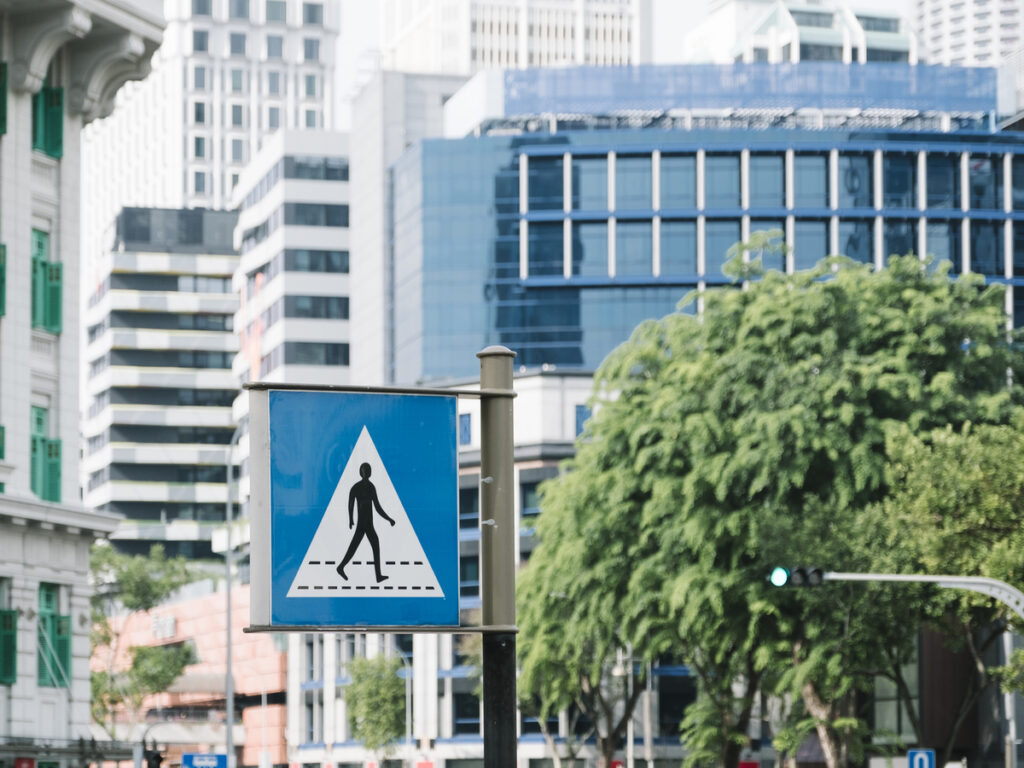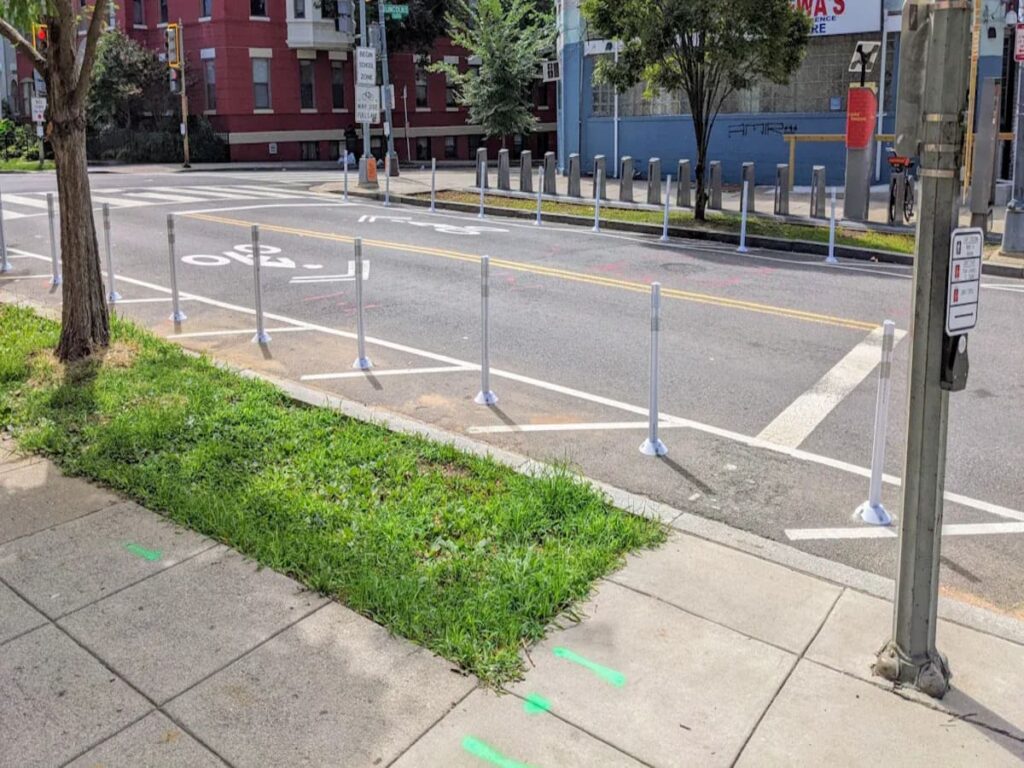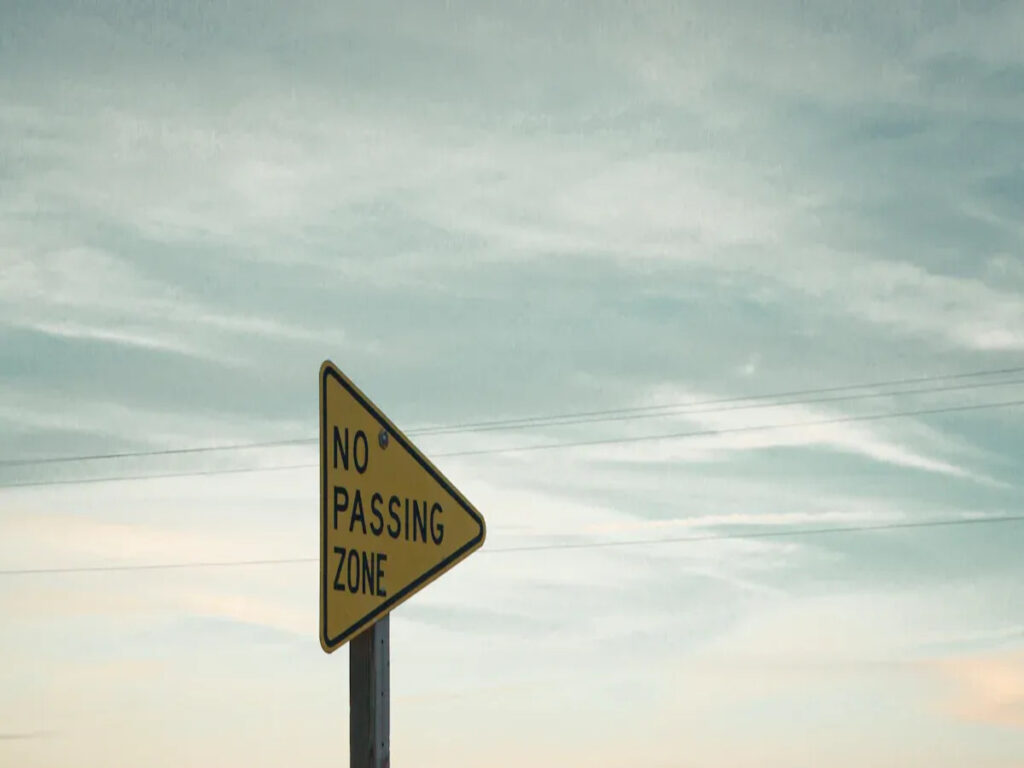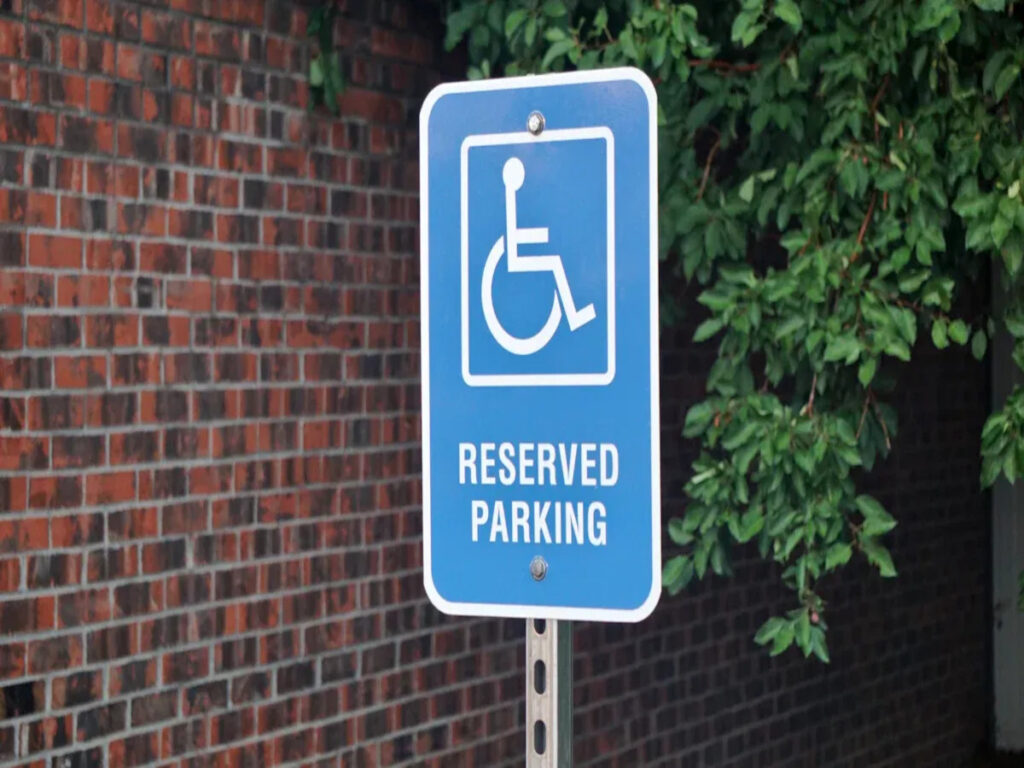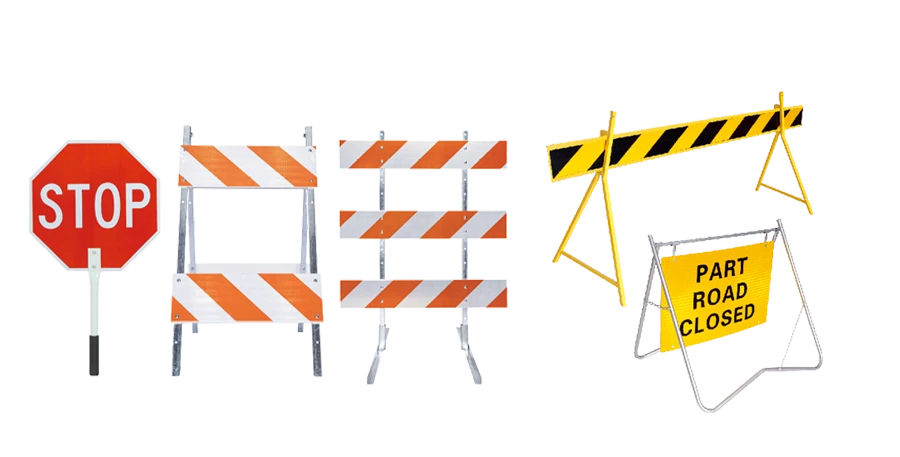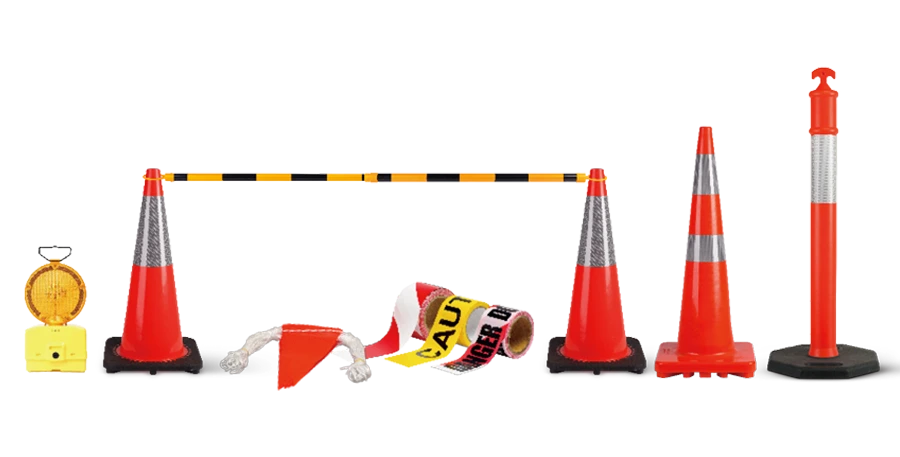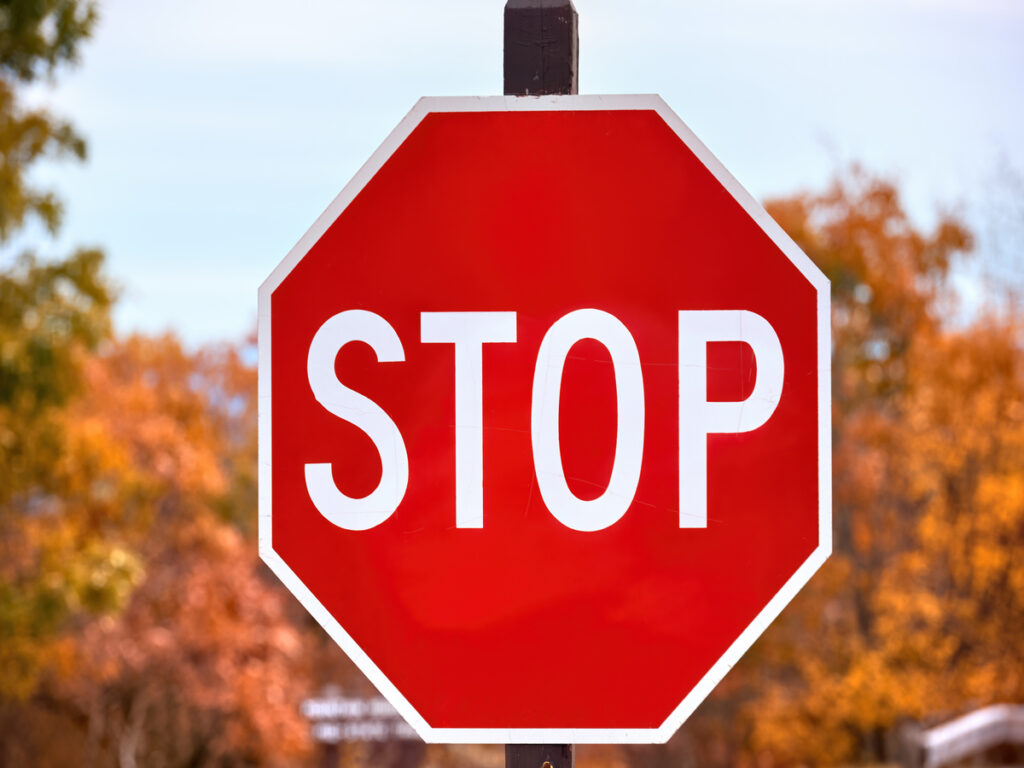
The STOP sign is a very well-known road safety symbol. Drivers in the United States or Australia encounter traffic stop signs almost everywhere. In the UK, drivers see traffic stop signs much less often. This makes people wonder why they are missing. Many people ask why the UK uses other ways to control junctions and keep roads safe. This blog will explain the reasons behind the UK’s unique approach and how it differs from countries like Australia and the U.S.
If you’re curious about how stop signs vary around the world and what role they play in traffic safety, explore our related blog: Exploring the Different Types of Stop Signs: Understanding Global Variations and Their Role in Traffic Safety.
Legal Rules for Traffic Stop Signs
TSRGD Regulations
The Traffic Signs Regulations and General Directions (TSRGD) give the rules for all road signs in Great Britain. These rules say how stop signs should look, where they go, and how to keep them in good shape. The TSRGD makes sure every sign is safe and easy to understand.
- TSRGD says stop signs must be easy to see in any weather or light. They use shiny materials and big, clear letters.
- Signs need to be put where drivers can see them early and stop safely.
- Local councils have to check signs often, usually every 12 to 24 months. In busy places, checks might happen every 6 to 12 months.
- If roads or traffic rules change, signs must be changed too.
- The law says all signs must follow TSRGD rules. If not, there could be fines or other problems.
- The TSRGD works with the Highways Act 1980 and advice from the Department for Transport. These give more rules for how signs should be made and used.
- The rules are for all signs, even temporary or electronic ones. This helps keep road signs clear and the same everywhere.
Authorisation and Placement
Traffic stop signs are not seen much in the UK. The highway code and local councils only use them at junctions where it is hard to see or where crashes happen a lot. Before putting up a stop sign, the council must get special approval. There must also be a matching marking painted on the road. This careful way of doing things keeps the number of stop signs low and makes sure they are only used when really needed. Studies show stop signs can change how drivers act, but there is not much research on why they are put in certain places. This means the UK is careful about using stop signs and wants to keep roads safe and rules clear.
Why STOP Signs Are Rare Road Signs
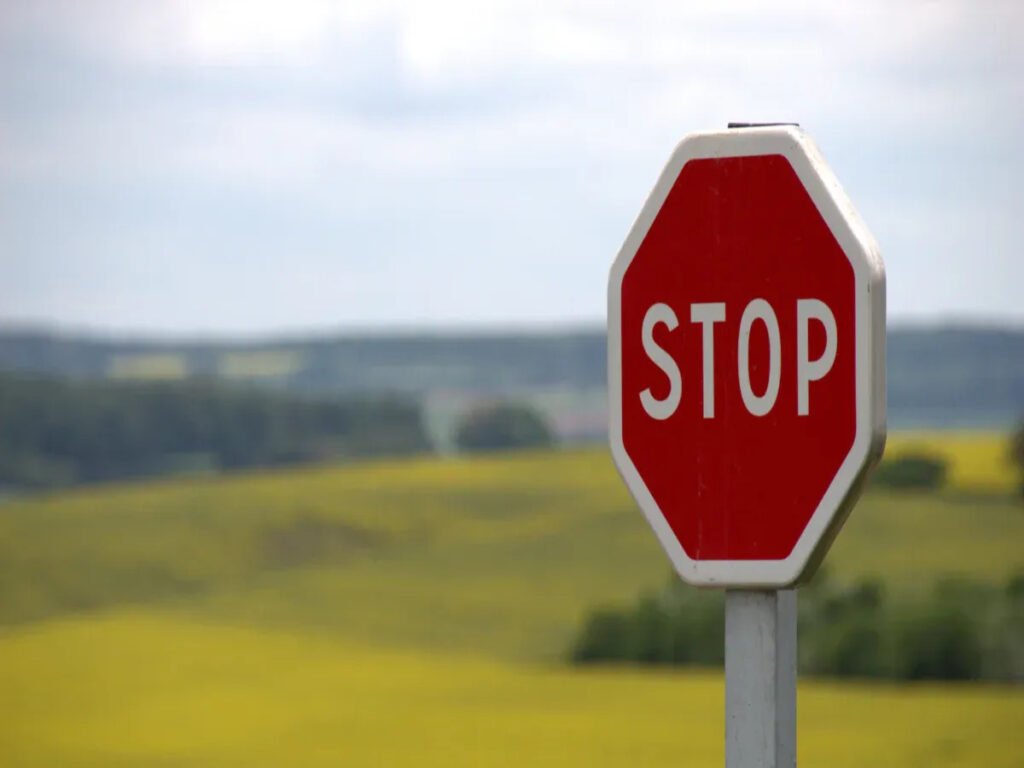
Preference for ‘Give Way’
Most junctions in the UK have ‘Give Way’ signs. These signs tell drivers to slow down and look for cars. Drivers only stop if it is not safe to go. This helps traffic move and stops long waits.
Drivers in the UK learn to decide when it is safe. They use their own judgement at each junction. This makes people drive with care and stops big queues. The ‘Give Way’ sign is easy to spot. It has a clear triangle shape that stands out in bad weather.
Note: The UK does not use four-way stops. This rule stops confusion and keeps junctions simple for everyone.
Roundabouts and Flow
Roundabouts are very common on UK roads. They help control busy junctions without traffic stop signs. Drivers must give way to cars already on the roundabout. This keeps cars moving and cuts down waiting.
Many studies show roundabouts make roads safer. They also help traffic move better. Researchers found roundabouts lower crashes and injuries. Some important facts are:
- Roundabouts started in the UK in the 1960s and spread to other places.
- Studies from many countries, including the UK, show roundabouts cut injury crashes by up to 76%.
- Total crashes drop by about 35% after roundabouts replace stop-controlled junctions.
- Roundabouts stop bad crashes like right-angle or head-on ones.
- Pedestrians have shorter crossings and cars go slower.
- Vehicle delays can drop by more than 60% at busy junctions.
Drivers in the UK often find roundabouts less stressful. The round shape guides cars safely and keeps traffic moving. This means rare road signs like traffic stop signs are only used when really needed. The main aim is clear signs, good views, and smooth travel for everyone.
Design Strategy for Uncommon Road Signs
Minimalism in Signage
British road design follows a clear philosophy: less is more. Designers use only the most important signs at each junction. This approach helps drivers focus on what matters. Too many signs can confuse people and make roads look messy. The UK uses uncommon road signs only when they are truly needed. Most drivers see familiar road warning signs, such as speed limits or roundabout warnings, much more often.
Note: Minimalism in road signs helps drivers make quick decisions. Fewer distractions mean safer roads.
The UK avoids clutter by choosing simple shapes and clear symbols. Each sign has a specific meaning. Drivers learn these meanings during their training. This system makes roads easier to understand for everyone, including visitors.
Road Markings and Clarity
Road markings play a big role in the UK. White lines, arrows, and painted words guide drivers without extra signs. These markings show where to stop, give way, or slow down. Many road warning signs work together with these markings to give clear instructions.
A well-designed road uses both signs and markings. This combination helps drivers know what to do, even in bad weather or at night. The UK also uses intuitive layouts. For example:
- Roundabouts use arrows and yield lines to show priority.
- Zebra crossings have bold stripes to warn drivers about pedestrians.
- Painted speed limits remind drivers to slow down.
The focus on clarity and coordination means drivers rarely need to see uncommon road signs. The system supports safe and smooth journeys for all road users.
International Comparison
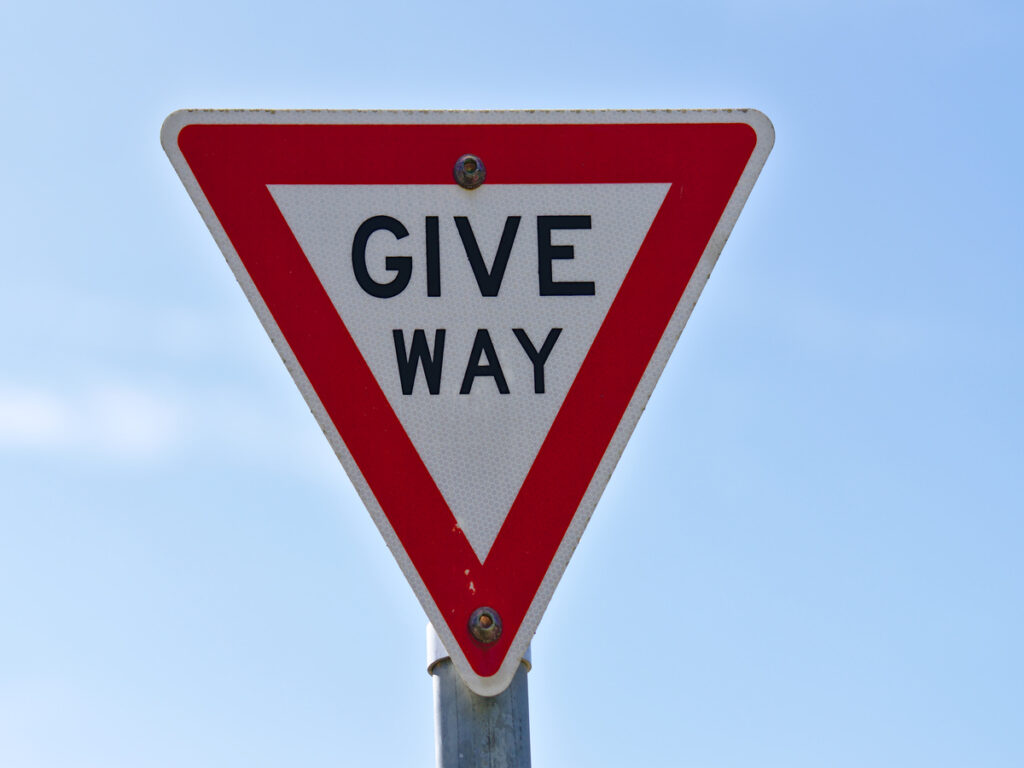
US and Australia
Motorists in the United States and Australia see stop signs at many junctions. These countries use stop signs as a main way to control traffic. Four-way stops are common in both places. Drivers must stop at every marked junction, even if no other cars are present. This rule creates a clear system for who goes first. Many motorists in these countries expect to stop often during their journeys.
In the US, stop signs appear on city streets, rural roads, and even at quiet crossroads. Australia follows a similar pattern. Both countries use stop signs to reduce speed and prevent crashes. The system relies on drivers following the rule to stop every time. This approach gives a sense of order but can slow down traffic flow.
Note: Frequent stops can lead to longer travel times and more fuel use. Some motorists may find this system less efficient, especially in busy areas.
UK Approach
The United Kingdom takes a different path. Motorists in the UK rarely see stop signs. Instead, they find roundabouts, ‘Give Way’ signs, and clear road markings. The UK system encourages motorists to use their judgement at junctions. This approach helps keep traffic moving and reduces unnecessary stops.
The UK’s road sign strategy stands out in several ways:
- Road signs use imperial units like miles and yards, not metric units.
- Direction signs do not show European route numbers.
- The UK uses a unique colour scheme and shapes for different types of signs.
- Motorway signs have white text on blue backgrounds, while primary routes use green with yellow text.
- The system began in the 1960s and has kept its own style since then.
Motorists in the UK benefit from fewer stops and smoother journeys. The focus on roundabouts and clear markings helps everyone understand who has priority. This method supports road safety and keeps traffic flowing well. Road sign suppliers and contractors in the UK must follow these special rules. They need to provide signs that match UK standards and use the right colours, shapes, and units.
STOP signs are not common in the UK. This is because there are strict legal rules. British drivers are trusted to use their own judgement. The road design also focuses on making things clear. Roads often have roundabouts and clear markings to help drivers. These features guide people safely and help them make good choices. This keeps traffic moving smoothly.
If you design or supply road signs, you must know these differences. It is important to ask experts for help with UK-compliant signage solutions.
FAQ
Why does the UK use ‘Give Way’ signs more than STOP signs?
‘Give Way’ signs help traffic move smoothly. Drivers slow down and check for other vehicles. They only stop if needed. This system reduces delays and keeps roads safer.
Are STOP signs ever used in the UK?
STOP signs appear at junctions with poor visibility or a history of accidents. Councils must get special permission before installing them. These signs always have a matching road marking.
What makes UK road signs different from those in other countries?
UK road signs use unique shapes, colours, and imperial units. The system focuses on clear messages and minimal clutter. Drivers learn these signs during training.
Why are roundabouts so common in the UK?
Roundabouts help control busy junctions. They keep traffic moving and reduce serious crashes. Drivers give way to vehicles already on the roundabout, which makes journeys smoother.
Do UK drivers need to know European road sign rules?
UK drivers follow national rules. Road signs do not show European route numbers. The UK uses its own system for road layouts and markings.

